Do you remember the last power outage your home had? Did you wish you had a backup power source to keep your lights on and charge your phone? That's where a portable power station couldn've been handy.
There are many benefits of having a portable source of power for your home. You might be wondering how one works, though.
Fortunately, this article can help. Detailed below is everything you need to know about how a portable power station works. Keep reading to see why investing in one is the right move for you and your family.
The Basic Components
A portable power station has various components that make it work. One of the most crucial components is the battery.
This battery stores the power generated by the power station and provides electricity when needed. It's the powerhouse of the device.
Another important component is the inverter. This converts the direct current (DC) power generated by the battery into alternating current (AC) power.
AC power is what most household appliances use. So, without the inverter, you wouldn't be able to power your electronics or appliances.
To prevent overcharging or over-discharging of the battery, a charge controller is essential. It regulates the power flowing in and out of the battery. This ensures that the battery operates safely and efficiently.
AC outlets and DC ports are also key components of a portable power station. The AC outlets provide standard household power. DC ports, on the other hand, are used to charge devices like mobile phones, laptops, and cameras.
How to Charge It
To keep your portable power station charged, you have a few options. One of the most popular is to use solar panels.
This is an eco-friendly option that allows you to charge the battery capacity using the power of the sun. Simply connect the solar panels to the power station and let them do their job.
Another option is to use a wall outlet. This is the most common way to charge your portable power station, especially when you're at home. Just plug the power station into the wall outlet using the included charging cable, and it will start charging.
If you're on the go, you can also charge your portable power station using a car charger. This is particularly useful if you're camping or traveling in your car and need to keep your devices charged. Simply plug the power station into your car's cigarette lighter, and it will start charging.
No matter which option you choose, it's essential to keep your portable power station charged. That way, it's ready to go when you need it. Learn more details about how this device works by browsing through this online user manual.
Power Output
The wattage output of a portable power station varies depending on the model. Some power stations can deliver up to 3600 peak watts of power, while others provide only a few hundred watts.
The run time of a portable power station depends on several factors. This can include the capacity of the battery and the amount of power being used.
If you're using the power station to charge small devices like phones, it can last for several days. However, if you're using it to power large appliances, it may only last for a few hours.
It's important to check the wattage output and run time of a portable power station before purchasing it. That's the ideal way to make sure it can meet your power needs.
Different Possible Uses
One of the great things about a portable power station is that it can power a wide range of appliances. Small electronics like phones, tablets, and cameras can be charged using DC ports or AC outlets.
Kitchen appliances like blenders, coffee makers, and toasters can also be powered by a portable power station. It's up to you to make sure that the wattage output is sufficient.
Portable power systems can also power tools like drills, saws, and sanders. This makes it a useful device for construction workers and DIY enthusiasts.
Finally, consider medical equipment like oxygen concentrators, CPAP machines, and nebulizers. A rechargeable battery system can be lifesaving in some of these uses.
So, a portable power station is a crucial backup power source for people who rely on these devices to maintain their health. Maybe that's why these devices generated over $2 billion in 2022.
Safety Features
A portable power station has several safety features to protect both you and the device. Overload protection is one of the most important safety features. It ensures that the power station doesn't provide more power than it can handle.
Short-circuit protection is another crucial safety feature. It prevents damage to the power station and any connected devices in case of a short circuit.
Overheating protection is also important. It prevents the power station from overheating, which can damage the device and create a fire hazard.
Considering Maintenance
To keep your portable power station in good condition, it's important to perform regular maintenance. Regular charging and usage are essential to keep the battery healthy. You've invested in this device, so do what you can to prevent it from deteriorating.
If you're not using the power station for an extended period, be sure to store it properly. Store the power station in a cool, dry place, and charge it to around 50% before storing it. This will help to prolong the battery's lifespan.
If you notice that the battery life of your power station is decreasing, it may be time to replace the battery. Most portable power stations have replaceable batteries, too. You can easily swap out the old battery for a new one.
Get Your Portable Power Station
Now that you understand how a portable power station works, it's time to invest in your own. You deserve to enjoy the many benefits of having one in your home.
That's where we can be of service. Our team specializes in providing the latest and greatest portable power technology for a variety of uses. Take the time to browse our inventory of portable power stations available to you now.

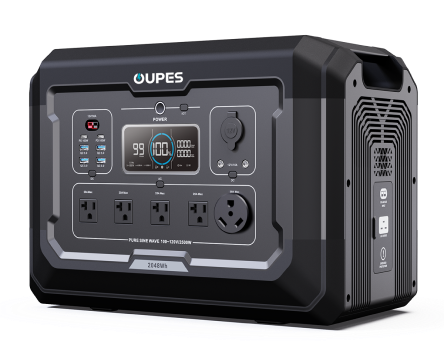
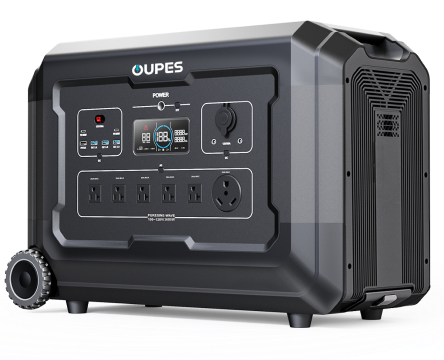
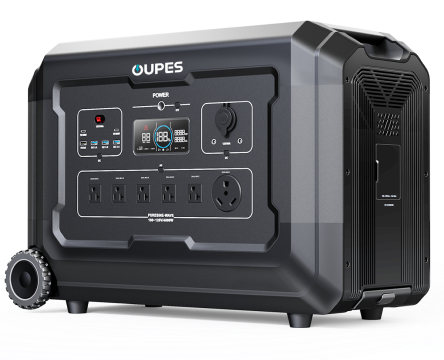
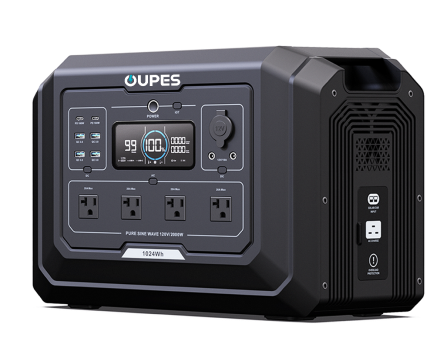
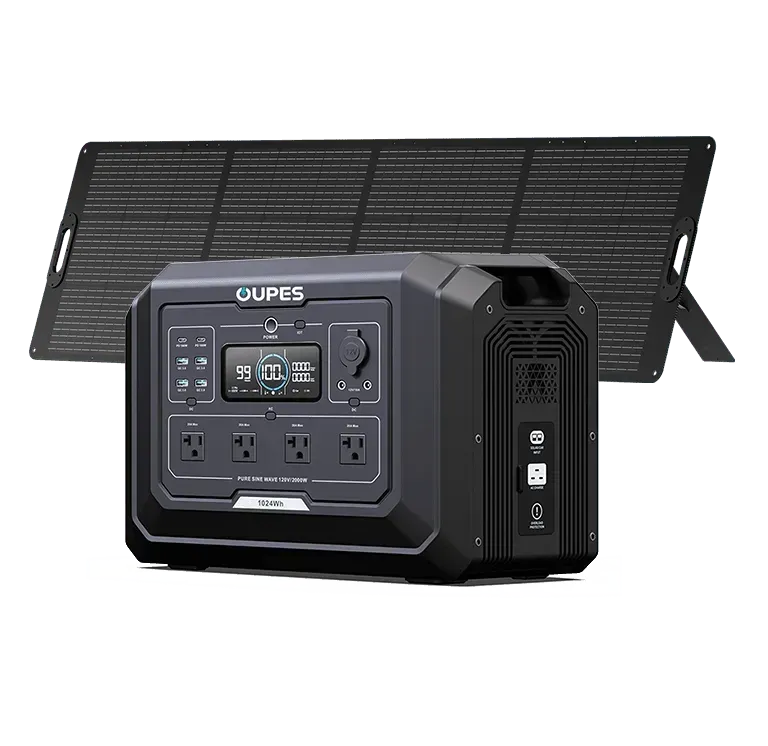
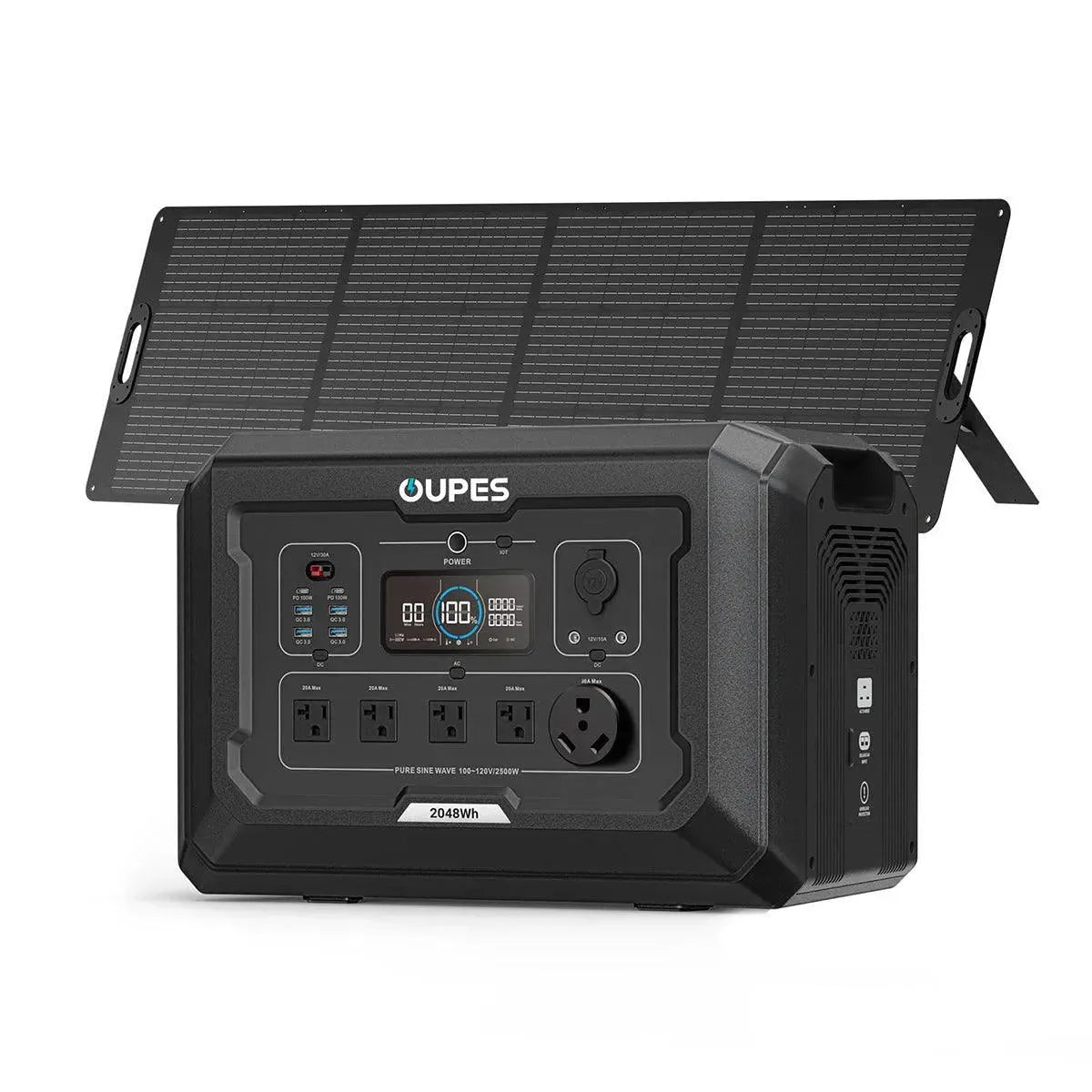
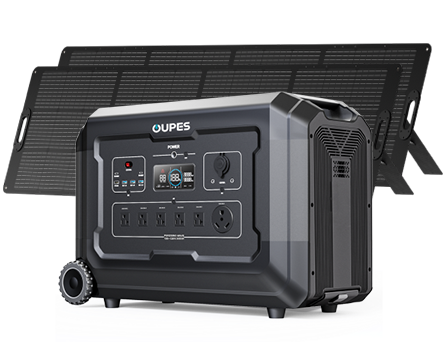
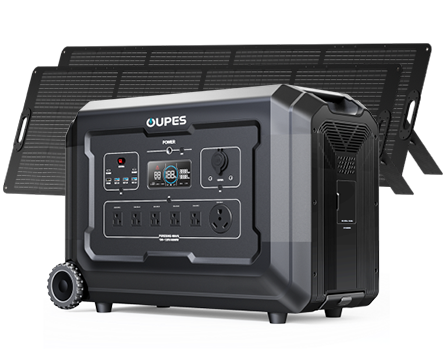
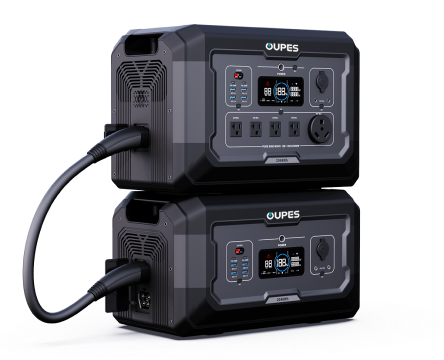
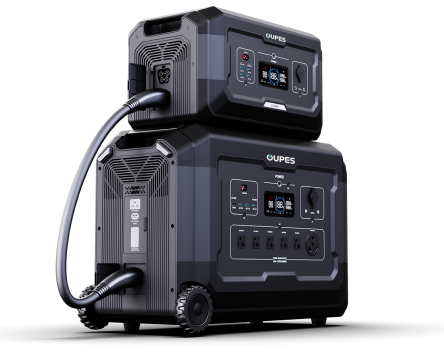
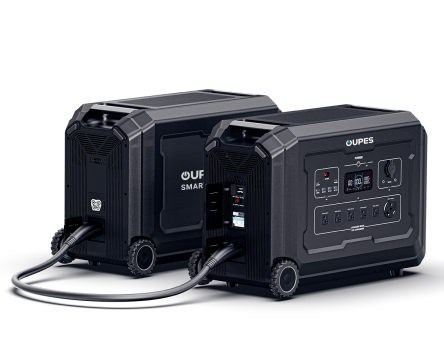
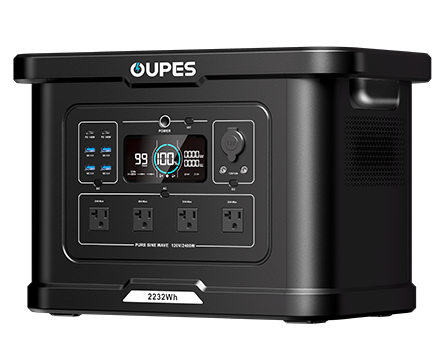
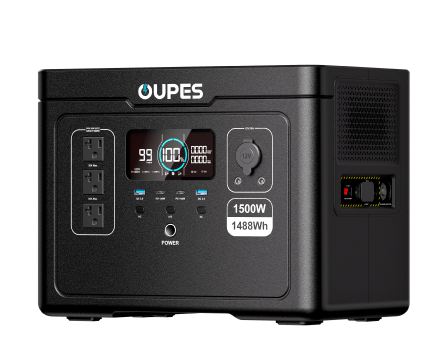
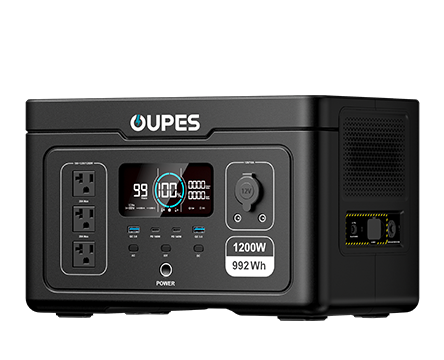
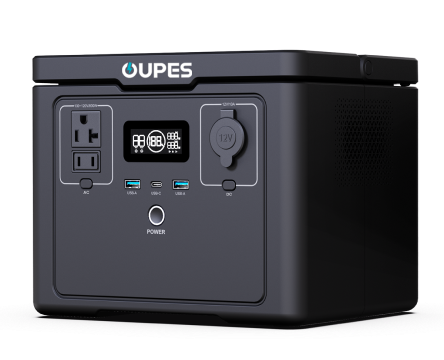
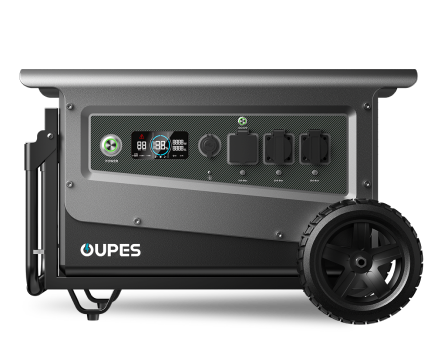
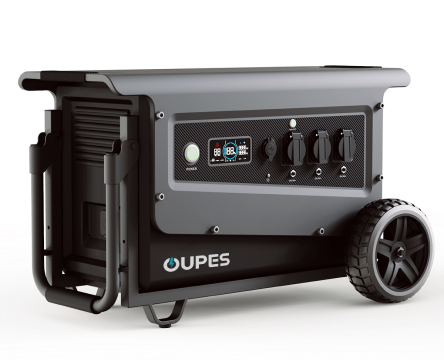
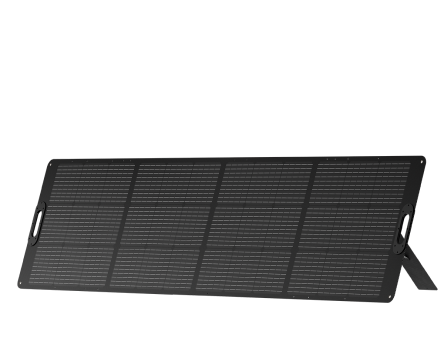
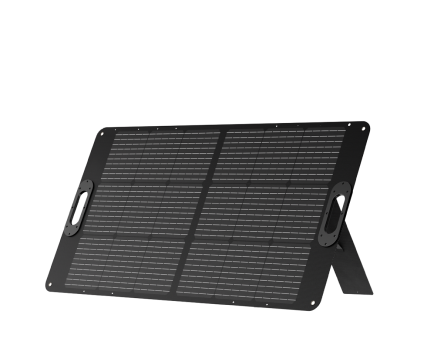
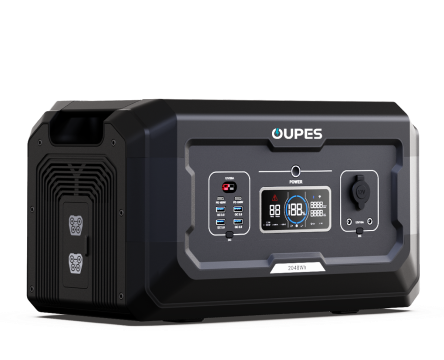
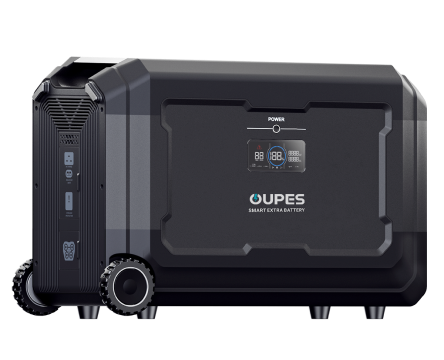
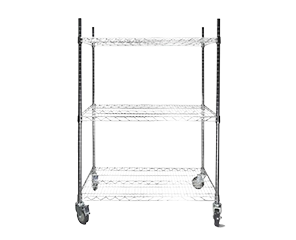
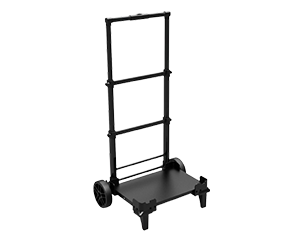
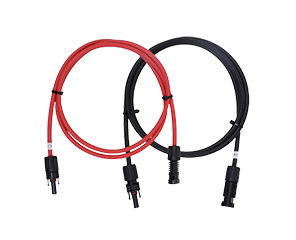
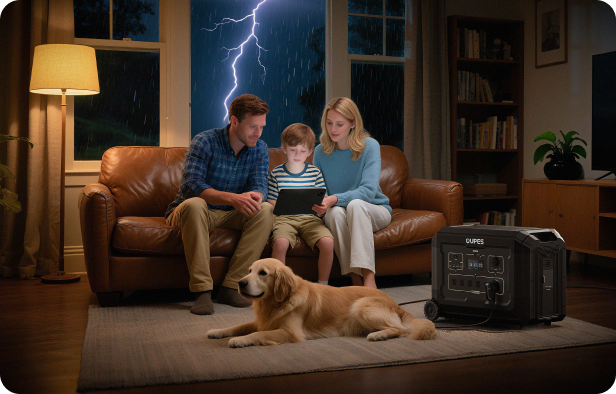
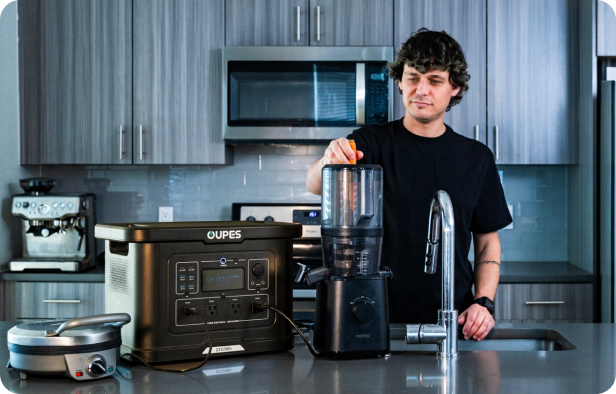
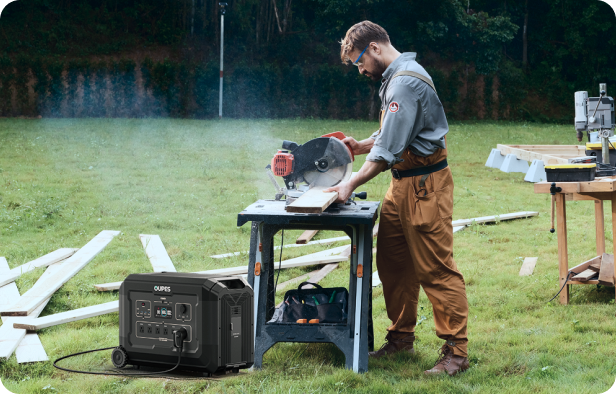
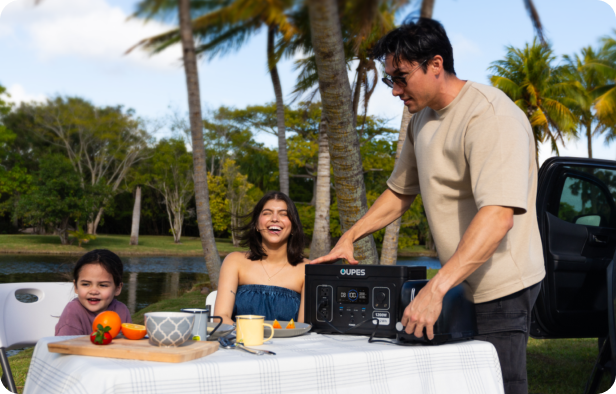

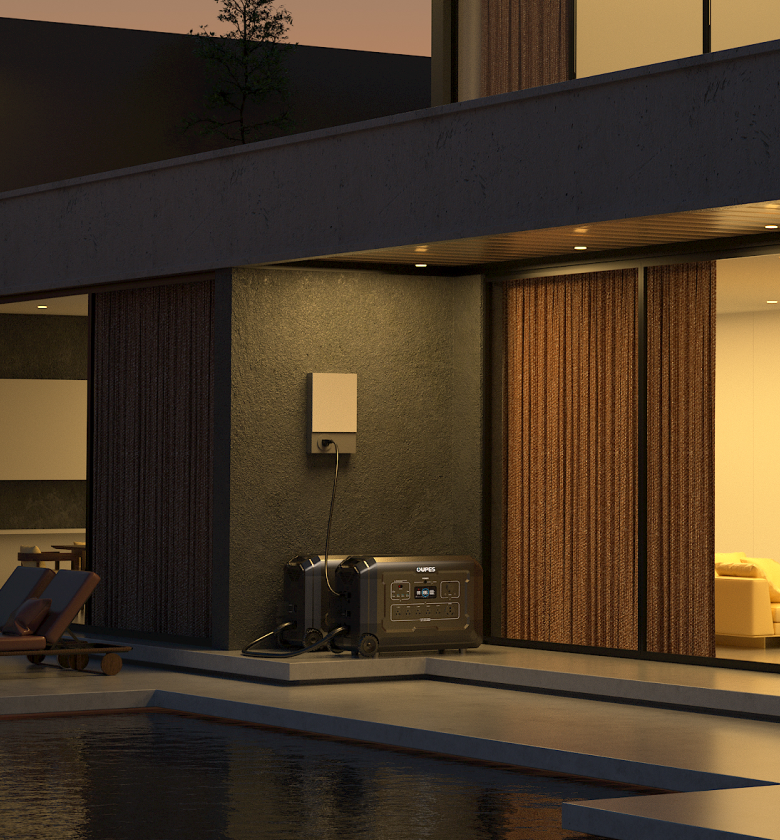
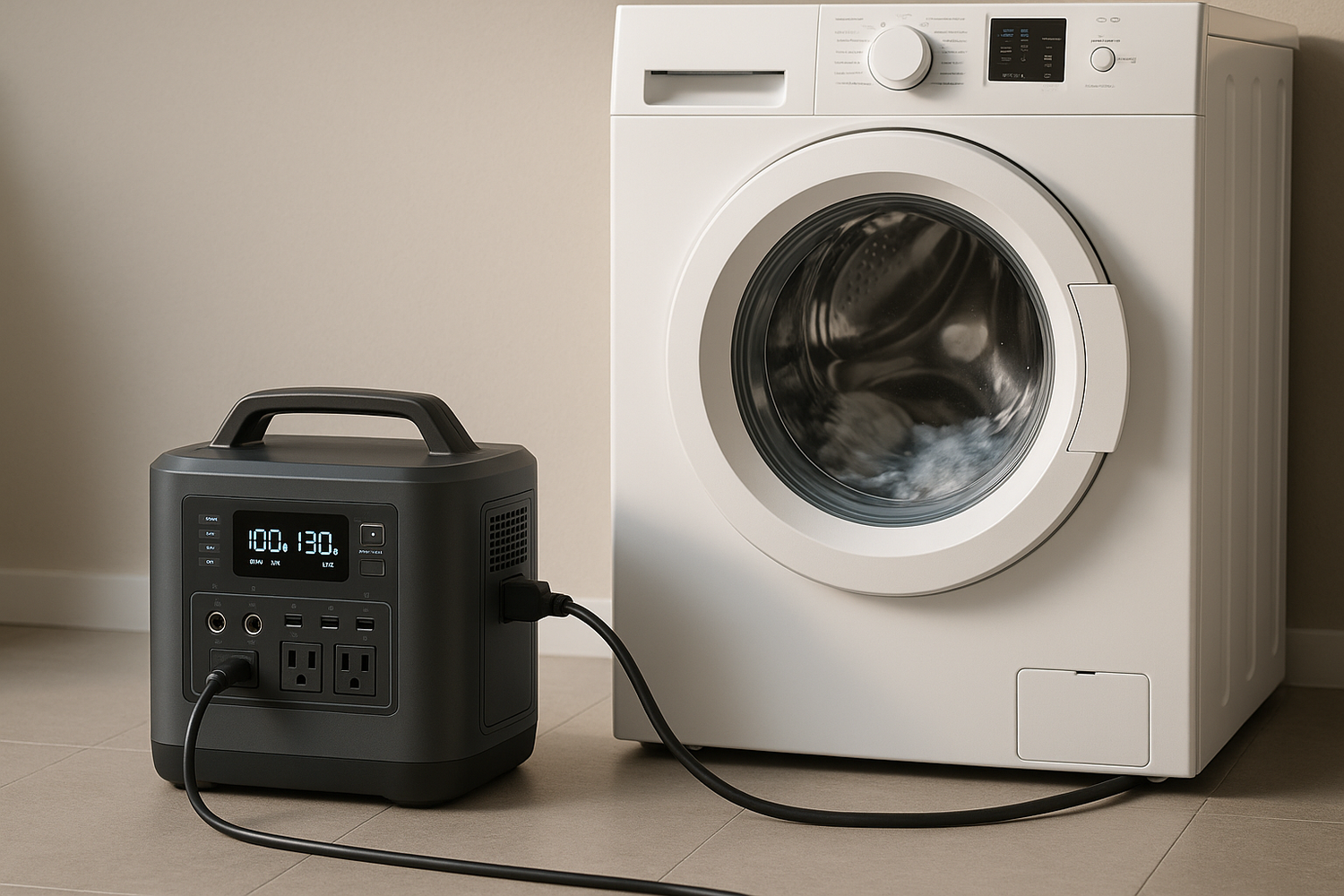

Leave a comment
This site is protected by hCaptcha and the hCaptcha Privacy Policy and Terms of Service apply.